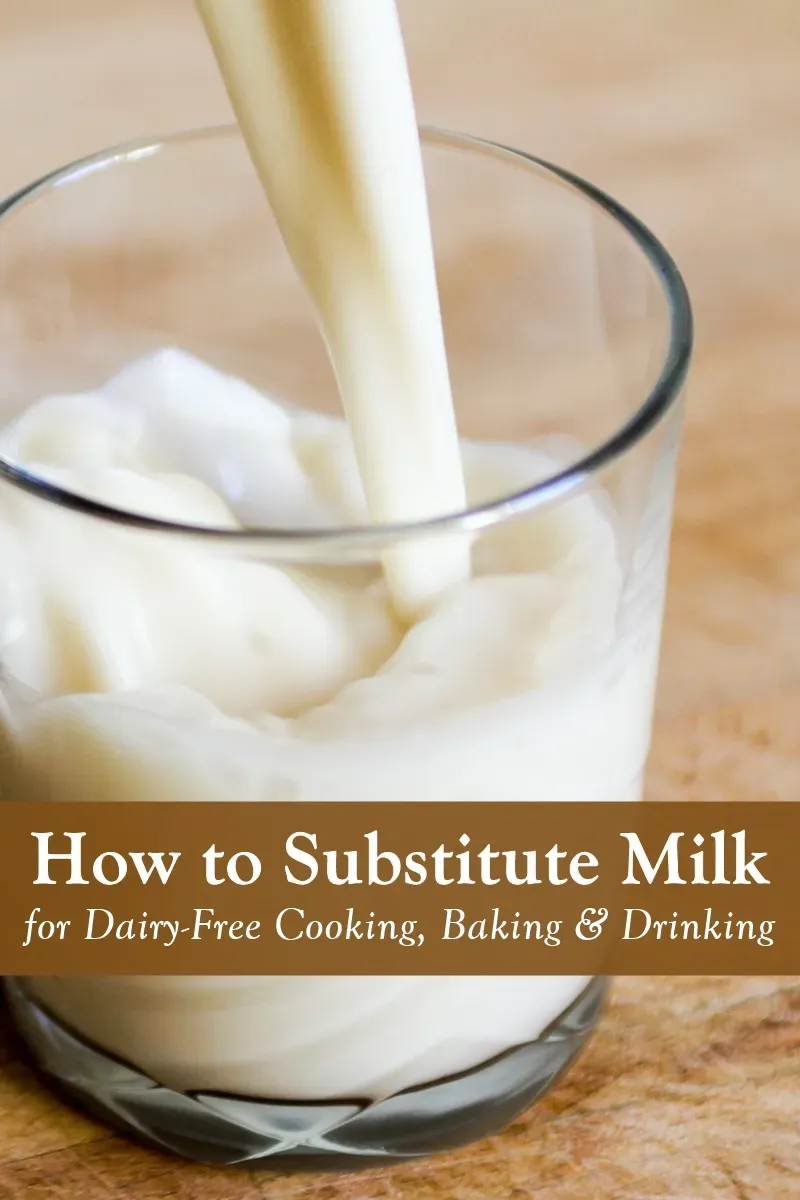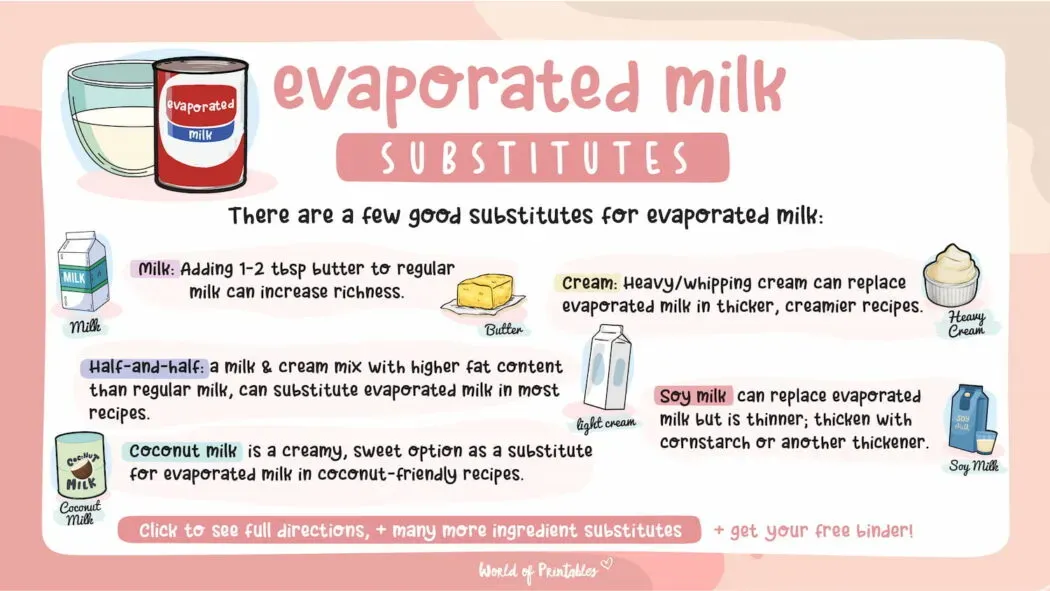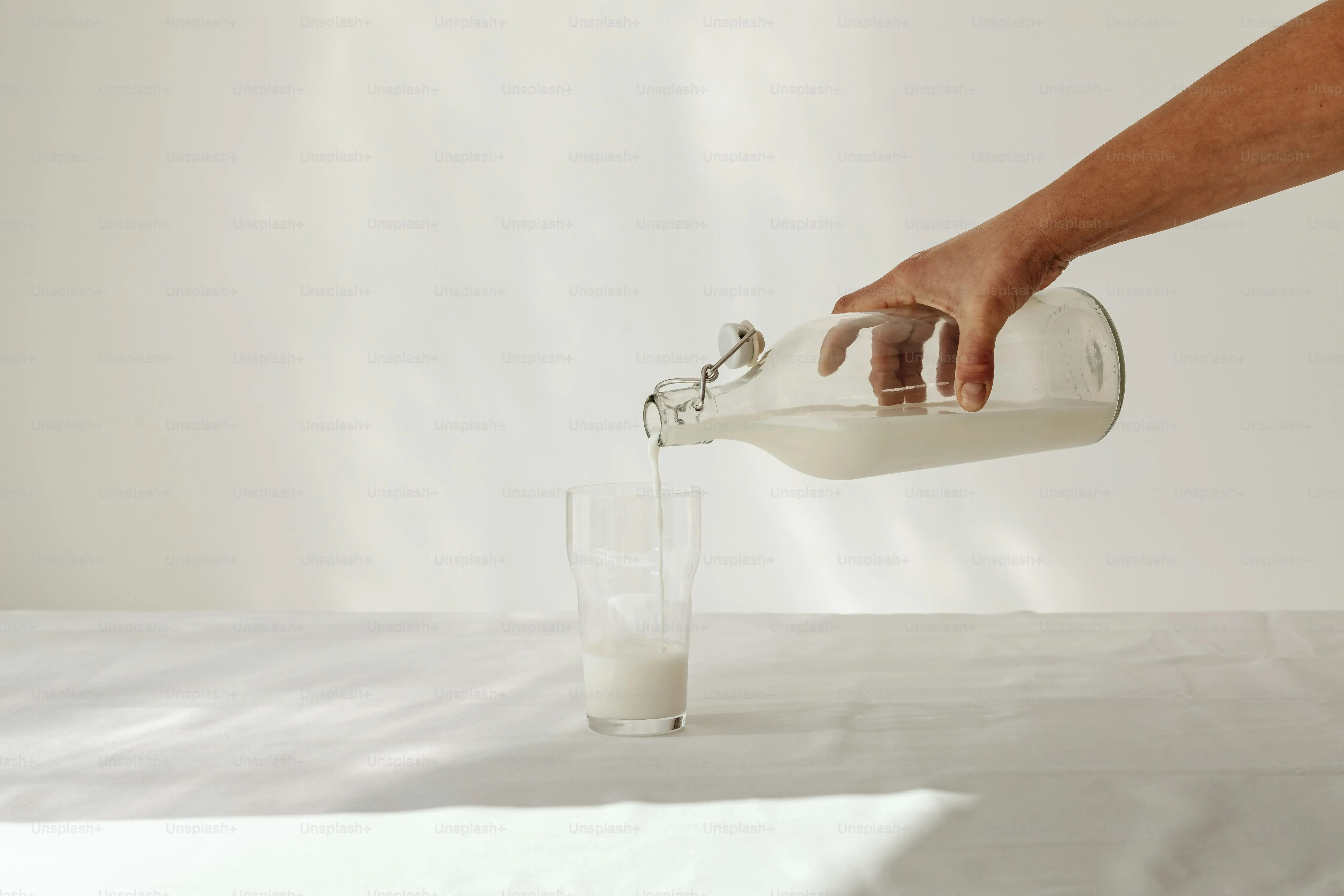Table of Contents
Maybe you're ditching dairy, exploring new flavors, or just ran out of your usual carton. Whatever the reason, finding a good substitute for low-fat milk can feel a bit like navigating a crowded grocery aisle blindfolded. There are so many options now, it's tough to know where to start or which one won't curdle in your coffee or ruin your favorite recipe.
Exploring Popular NonDairy Options

Exploring Popular NonDairy Options
Alright, so you're looking for a substitute for low-fat milk, and the dairy aisle is suddenly a distant memory. Welcome to the wild world of non-dairy options. It's not just soy anymore, thank goodness. You've got almond milk, which used to be the go-to for calorie counters but can be a bit thin. Then there's oat milk, which has exploded in popularity because it froths nicely and has a creamy texture that feels closer to dairy, though some brands taste like liquid oatmeal. Rice milk is another old-school player, usually pretty mild but often high in carbs and low in protein. Coconut milk beverage (not the canned stuff for curry, mind you) offers a hint of tropical flavor that works in some things but can clash in others. And let's not forget hemp or flax milk, less common but definitely around if you hunt for them. Each one brings something different to the table, or rather, the glass.
Matching the Right Substitute for LowFat Milk to Your Needs

Matching the Right Substitute for LowFat Milk to Your Needs
so you’ve got this lineup of non-dairy hopefuls. Now comes the fun part: figuring out which one actually works for what you need. A substitute for low-fat milk isn't a one-size-fits-all deal. If you just want something cold to pour over your cereal, almost any unsweetened option will probably do, though texture varies wildly. Coffee? That’s where things get tricky. Some substitutes curdle faster than you can say "barista," while others foam up beautifully. Baking is another beast entirely; the fat content and protein structure matter for things like rise and texture. And savory cooking? You definitely don't want a vanilla-flavored disaster in your soup. Matching the right substitute for low-fat milk to your specific use case saves you from disappointing kitchen failures and wasted groceries.
Nutritional Facts: What to Know About LowFat Milk Substitutes

Nutritional Facts: What to Know About LowFat Milk Substitutes
Beyond the Basics: Calories and Fat
So, you've got your lineup of non-dairy options, figuring out which one works in your coffee or your pancakes. Great. Now, let's talk about what's actually *in* that carton, because a substitute for low-fat milk isn't nutritionally identical to the real deal, or even to other substitutes. Low-fat dairy milk has a pretty consistent profile: some protein, some fat (obviously less than whole), calcium, and usually Vitamin D. Non-dairy milks? It's a free-for-all. Almond milk is often super low in calories and fat, which is why it was popular for dieting, but it also tends to be low in protein. Oat milk usually has more calories and carbs than almond milk, and often a bit more fat, which contributes to its creaminess. Rice milk is often the lowest in protein and can be quite high in sugar if you're not careful. Coconut milk beverage sits somewhere in the middle on calories and fat, but check the protein – often minimal. The point is, you can't just grab any carton labeled "dairy-free" and assume you're getting the same nutritional bang for your buck as low-fat milk.
Nutrients to Watch: Calcium, Vitamin D, and Protein
so they aren't all created equal. When you're picking a substitute for low-fat milk, especially if it's something you'll drink regularly, you need to play detective with the nutrition label. Dairy milk is a solid source of calcium and Vitamin D, which are crucial for bone health. Many non-dairy milks are fortified with these, which is good, but the absorption might not be quite the same, and fortification levels vary wildly between brands and types. Protein is another big one. If you rely on milk for protein, you need to look beyond almond or rice milk; soy milk and some pea protein-based milks are usually the closest contenders to dairy in that department. Also, keep an eye on added sugars. Unsweetened versions are usually the way to go unless you're making dessert or genuinely prefer a sweeter drink. Some brands also load up on thickeners and stabilizers to mimic dairy texture, which isn't inherently bad, but it's something to be aware of if you're trying to keep things simple.
To give you a quick snapshot of the protein situation when choosing a substitute for low-fat milk:
- Dairy Low-Fat Milk: Around 8 grams per cup.
- Soy Milk: Around 7-8 grams per cup (closest to dairy).
- Oat Milk: Varies, often 2-4 grams per cup.
- Almond Milk: Usually 1 gram or less per cup.
- Rice Milk: Typically 1 gram or less per cup.
- Coconut Milk Beverage: Often 1 gram or less per cup.
- Hemp Milk: Can range from 2-4 grams per cup.
Tips for Baking, Cooking, and Drinking with Substitutes
Alright, so you’ve picked your poison, or rather, your preferred substitute for low-fat milk. Now, how do you actually use this stuff without everything falling apart? Drinking it straight is easy enough, though some textures take getting used to. Coffee is where the real battle begins; temperature and acidity are mortal enemies for many non-dairy options, leading to that dreaded separation layer that looks like a science experiment gone wrong. For baking, the protein and fat content matter big time. Almond milk, being mostly water, won't give you the same rise or richness as dairy. Oat milk is generally better for baking due to its higher carbohydrate and fat content, which helps with structure and moisture. Savory cooking, like sauces or soups? Stick to unsweetened, neutral-flavored options unless you actively want your chicken alfredo to taste faintly of coconut or vanilla. Sometimes, a splash of cashew cream or even a bit of silken tofu blended in can mimic the richness that low-fat milk provides without the dairy.
Here’s a quick cheat sheet for common uses:
- Cereal/Drinking: Almost any unsweetened substitute for low-fat milk works; choose based on taste preference.
- Coffee/Tea: Oat and some soy milks are best for frothing and resisting curdling. Test a small amount first.
- Baking (Cakes, Muffins): Oat, soy, or a blend of thinner milk with a touch of vegan butter or oil for richness.
- Baking (Biscuits, Scones): Thicker milks or adding a touch of acid (like vinegar or lemon juice) to thin ones can mimic buttermilk.
- Savory Sauces/Soups: Unsweetened, neutral options like soy or thin cashew milk. Avoid flavored varieties.
Making the Switch: Your Low-Fat Milk Substitute Sorted
So there you have it. The world of low-fat milk substitutes is vast, certainly more complex than just grabbing whatever carton is on sale. We’ve seen that whether you're pouring it into coffee, whisking it into a sauce, or relying on it for baked goods, the right swap matters. It's not just about avoiding dairy; it's about understanding how different liquids behave and taste. Picking the best substitute for low-fat milk depends entirely on what you're doing with it and what you need from it nutritionally. Experiment a little, pay attention to labels, and you'll likely find a few go-to options that actually work, rather than just hoping for the best.
